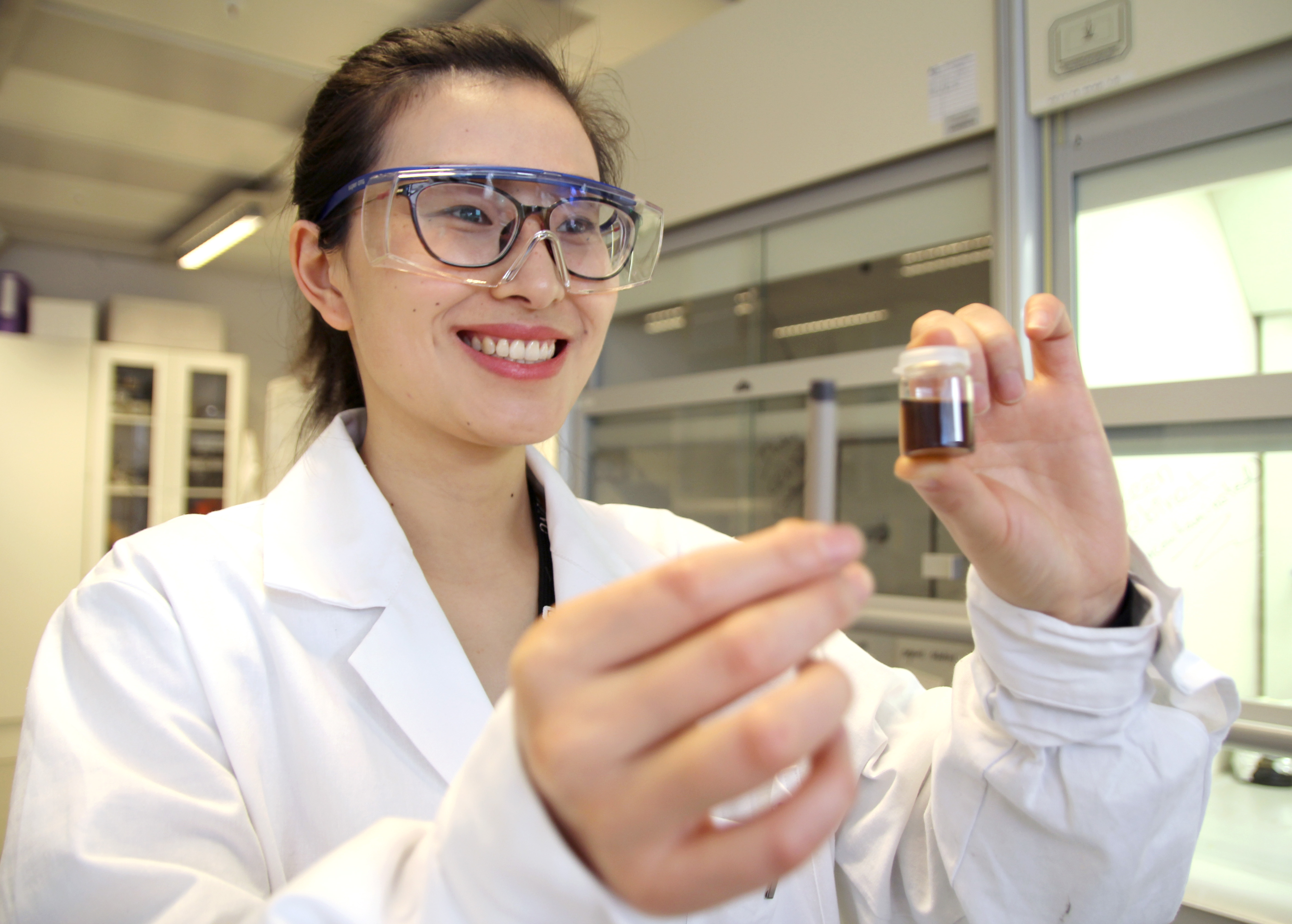PhD in quality of sensors

March 16 2022, student Xiaoxue Zhang defended her PhD thesis titled “The development of antifouling materials with potential application on sensors”.
Zhang has been doing her PhD at the Norwegian University of Science and Technology (NTNU) in the SENSOR project of CtrlAQUA. NTNU-professor Øyvind Mikkelsen was her supervisor.
About the subject
Unwanted biofilm is one of major unsolved problems for underwater structures including movable and stationary, such as ships, pipelines, cables, fishing nets, bridge pillars and sensors. Especially for water monitoring sensors, the surface fouling can shorten sensor’s life and cause errors in the collected data. It is unfortunate that the most common ways to combat fouling on sensor today are still pure mechanical devices (wipers, scrapers) or biocide generation system. Despite that the mechanical devices and biocide generation system can prevent fouling for some time, the risks of scratching critical parts of sensors and harmful to environment limit their applications. Nevertheless, there are some other techniques like antifouling coatings which have been studied to prevent fouling development on sensor surface. Although most development of antifouling coatings are still limited in laboratory without in situ field tests, the laboratory development do promise a bright future.
Given the abundant research results on antifouling coatings, the nonbiocidal antifouling coatings are extremely attractive. Unlike biocidal antifouling materials, in which the antifouling property come from the toxicity of biocides, the antifouling property of nonbiocidal antifouling materials are dependent on surface properties like surface topology (microstructure), SFE, surface roughness (Ra) and wetting ability.
Results
In this PhD work, we developed three kinds of nonbiocidal antifouling materials, nanocomposites-based antifouling coating (GO/Ag), FRCs (PDMS/ZnO-GO) and biomimetic microstructure coatings (O2 plasma treated PTFE membrane). All the three kinds of materials demonstrated that the surface microstructure of antifouling materials determines surface properties like SFE, Ra and WCA, in turn influencing the antifouling property.
This work validates three environmentally friendly materials as competitive candidates for practical antifouling application on sensors. Most of such antifouling materials are still limited in laboratory research or having challenges in scale-up, which deserves continuing research effort in the future research.
Read more:


